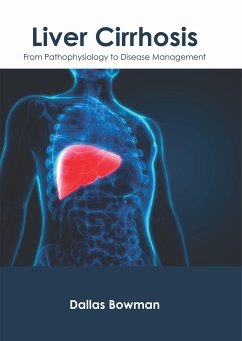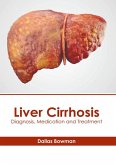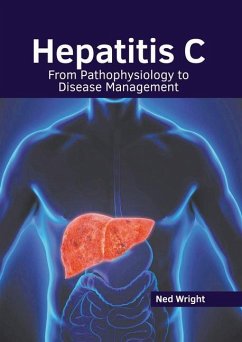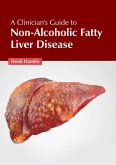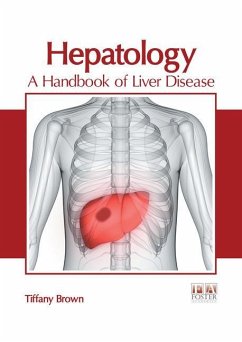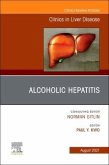Liver cirrhosis is a condition of the liver in which normal liver parenchyma is replaced by scar tissue, thereby causing long-term damage to the liver. It is always preceded by fatty liver and hepatitis. The disease progresses gradually over months or years. In its initial stages, there are often no symptoms, but as it progresses, symptoms such as tiredness, itchiness, swelling in the lower legs, yellow skin, spider-like blood vessels on the skin and fluid build up in the abdomen start to occur. Liver cirrhosis may lead to hepatic encephalopathy, liver cancer and bleeding from dilated stomach veins or from dilated veins in the esophagus. Cirrhosis may be caused by alcohol, hepatitis B and C, and non-alcoholic fatty liver disease. Though liver damage is irreversible, treatment can slow down the progression of the disease and reduce complications. Generally, antibiotics, laxatives, medications for hepatitis, chelation therapy, etc. may be prescribed depending on the underlying cause of the disease. This book provides comprehensive insights into liver cirrhosis. It provides significant information of the clinical aspects of liver cirrhosis from pathophysiology to disease management. It is appropriate for students seeking detailed information in this area as well as for experts.
Bitte wählen Sie Ihr Anliegen aus.
Rechnungen
Retourenschein anfordern
Bestellstatus
Storno

